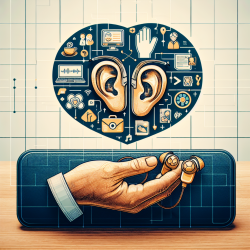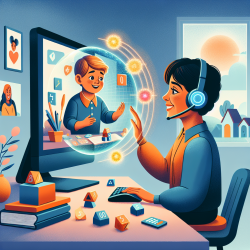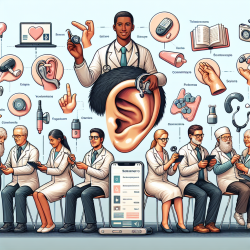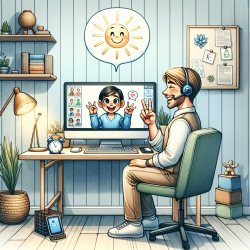As a practitioner working with children who have anxiety disorders, understanding the nuances of autonomic arousal can significantly enhance your therapeutic approach. The research article "Autonomic arousal in childhood anxiety disorders: Associations with state anxiety and social anxiety disorder" by Alkozei, Creswell, Cooper, and Allen (2015) offers valuable insights into the autonomic responses of children with anxiety disorders. This blog will highlight key findings from the study and provide practical applications for improving your skills in managing childhood anxiety.
Key Findings from the Research
The study aimed to investigate heart rate (HR) and respiratory sinus arrhythmia (RSA) in children with social anxiety disorder, other anxiety disorders, and nonanxious children. Here are some critical outcomes:
- No significant differences in HR and RSA at baseline between anxious and nonanxious children.
- Children with higher state anxiety showed less autonomic responding during stress tasks.
- Nonanxious children exhibited greater HR recovery after stress tasks compared to anxious children.
Implications for Practitioners
These findings suggest several practical strategies for practitioners:
1. Focus on State Anxiety
Since state anxiety influences autonomic responses, it's crucial to assess and address children's current anxiety levels during therapy sessions. Techniques such as mindfulness and relaxation exercises can help manage state anxiety, thereby improving autonomic flexibility.
2. Normalize Physiological Responses
Educate children and their parents about the normalcy of physiological arousal during stress. Cognitive restructuring techniques can be particularly effective in helping children reframe their physical symptoms as part of a natural stress response rather than a sign of dysfunction.
3. Implement Relaxation Techniques
Given the trend for anxious children to show less HR recovery, incorporating relaxation techniques post-stressor can be beneficial. Techniques such as deep breathing, progressive muscle relaxation, and guided imagery can aid in quicker autonomic recovery.
Encouraging Further Research
While this study provides valuable insights, it also highlights the need for further research. Practitioners are encouraged to stay updated with the latest findings and consider participating in or supporting research initiatives. Understanding the complex relationship between autonomic arousal and anxiety can lead to more effective interventions and better outcomes for children.
To read the original research paper, please follow this link: Autonomic arousal in childhood anxiety disorders: Associations with state anxiety and social anxiety disorder.










